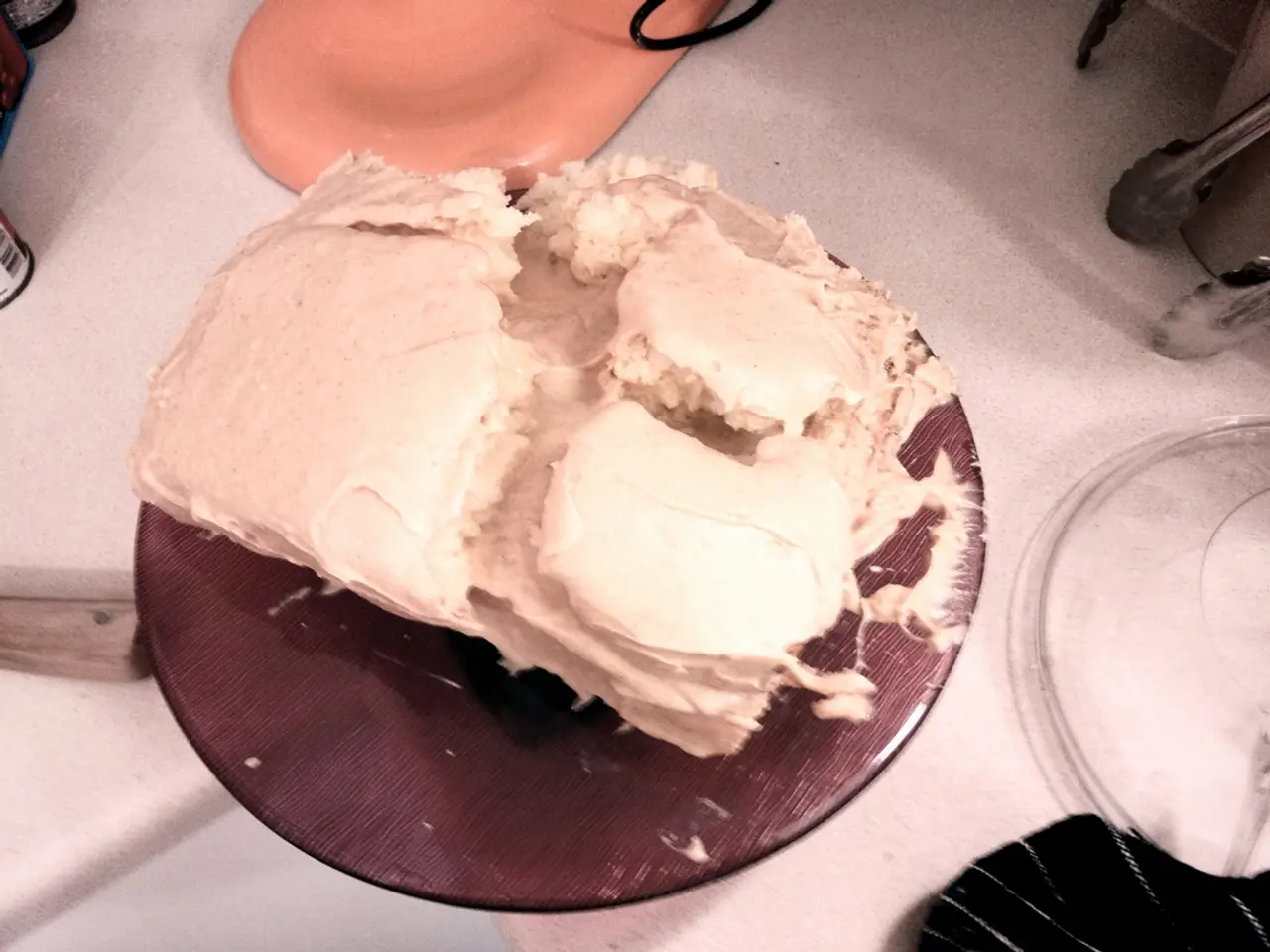Intense Sunburn Discomfort: Remedies for Severe Sunburn Sufferers
In the sweltering heat of summer, a common annoyance many people face is sunburn. However, for some unlucky individuals, the discomfort doesn't end with a simple redness and peeling. A severe, painful itching known as "hell's itch" can ensue, causing immense discomfort. This article outlines effective home treatments and precautions for managing this condition.
For those suffering from "hell's itch," several approaches can provide relief. Medications such as over-the-counter ibuprofen or acetaminophen can help reduce pain and inflammation, while oral antihistamines may alleviate itching. Applying hydrocortisone cream topically can soothe the skin and reduce inflammation[1][3].
Hydration is crucial during the healing process. Drinking plenty of fluids helps keep the skin and body hydrated, supporting healing[1]. Cool compresses or ice packs (wrapped in cloth) can provide relief from burning and itching sensations[1]. Some anecdotal reports suggest peppermint oil may offer relief due to its cooling effect, but it should be used cautiously and diluted to avoid further irritation[4].
Avoiding further sun exposure is essential to prevent worsening the condition. Staying out of the sun until the sunburn and itching fully heal is vital[3]. Gentle moisturizing agents such as hyaluronic acid serum or vitamin E creams at night may help skin repair, but harsh or irritating products should be avoided[2].
What to avoid during healing includes scratching, which can worsen skin damage and increase pain[1]. Harsh topical products, like retinoids or other potentially irritating substances, should be avoided unless advised by a healthcare professional, as they may cause more irritation or delay healing[2]. Prolonged sun exposure should also be avoided, as it can exacerbate skin damage and prolong symptoms[3].
If symptoms worsen or you experience severe signs such as fever, chills, dizziness, or large blisters, seek medical attention promptly, as these may indicate complications requiring professional treatment[1].
Preventing sunburn and "hell's itch" involves daily application of moisturizer with added SPF on exposed areas of the skin. Wearing hats and long-sleeved shirts on days when sun exposure may be more prolonged than usual can help prevent sunburn. Popping blisters should be avoided, as it can make the pain worse, open up the skin to infection, cause more scarring and skin damage, and prolong the healing process[5].
Avoiding sun exposure between 10 am and 2 pm and seeking shade can help with sunburn. Aloe vera has wound-healing effects and can help with sunburn. Colloidal oatmeal can help stop the itch from chicken pox, poison ivy, and eczema and has anti-inflammatory properties[6].
It is important to note that anyone with a severe sunburn can experience "hell's itch." This condition is also known as devil's itch or fire ant itch. Petroleum jelly can promote wound healing on blisters during healing, and an over-the-counter cream that contains cortisone can help with "hell's itch" by calming inflammation in the skin and easing itching temporarily[2][3].
Avoid using topical pain relief or numbing creams, as they may cause irritation. Cool compresses can provide relief from the burn and itchy feeling. Lastly, remember to drink plenty of water to keep the skin hydrated and reduce dryness[1][6].
In summary, treating "hell's itch" rests on gentle skin care, pain and itch relief with medications like ibuprofen and hydrocortisone, avoiding scratching and sun exposure, and keeping well-hydrated. By following these guidelines, you can help alleviate the discomfort of "hell's itch" and promote a speedy recovery.
[1] Mayo Clinic. (2021). Sunburn first aid. Retrieved from https://www.mayoclinic.org/first-aid/first-aid-sunburn/basics/art-20056517 [2] American Academy of Dermatology Association. (2021). Sunburn: Treatment and recovery. Retrieved from https://www.aad.org/public/diseases/a-z/sunburn-treatment-and-recovery [3] Healthline. (2021). Sunburn treatment: How to treat and soothe sunburn. Retrieved from https://www.healthline.com/health/sunburn-treatment [4] Medical News Today. (2021). Peppermint oil: Benefits, uses, and side effects. Retrieved from https://www.medicalnewstoday.com/articles/323531 [5] American Academy of Dermatology Association. (2021). Blisters: First aid, treatment, and prevention. Retrieved from https://www.aad.org/public/diseases/a-z/blisters-treatment-and-prevention [6] American Academy of Dermatology Association. (2021). Sun protection: How to protect your skin from the sun. Retrieved from https://www.aad.org/public/diseases/a-z/sun-protection-how-to-protect-your-skin-from-the-sun
- For those who have experienced "hell's itch," relief can be found in medications like ibuprofen and acetaminophen that reduce pain and inflammation, or oral antihistamines that alleviate itching.
- Hydrocortisone cream applied topically can offer soothing comfort to the inflamed skin.
- Hydration is key during the healing process, and consuming plenty of fluids helps keep both the skin and body hydrated.
- Cool compresses or ice packs wrapped in cloth can offer relief from burning and itching sensations.
- Peppermint oil, known for its cooling effect, may provide some relief when used cautiously and diluted to avoid further irritation.
- Sun exposure should be avoided to prevent worsening of the condition, especially during peak hours (10 am to 2 pm).
- It is important to avoid scratching, as it can cause more pain and potentially increase the risk of infection.
- Aloe vera, colloidal oatmeal, and petroleum jelly can aid in wound healing and easing itching during the recovery process, while avoiding topical pain relief creams.




